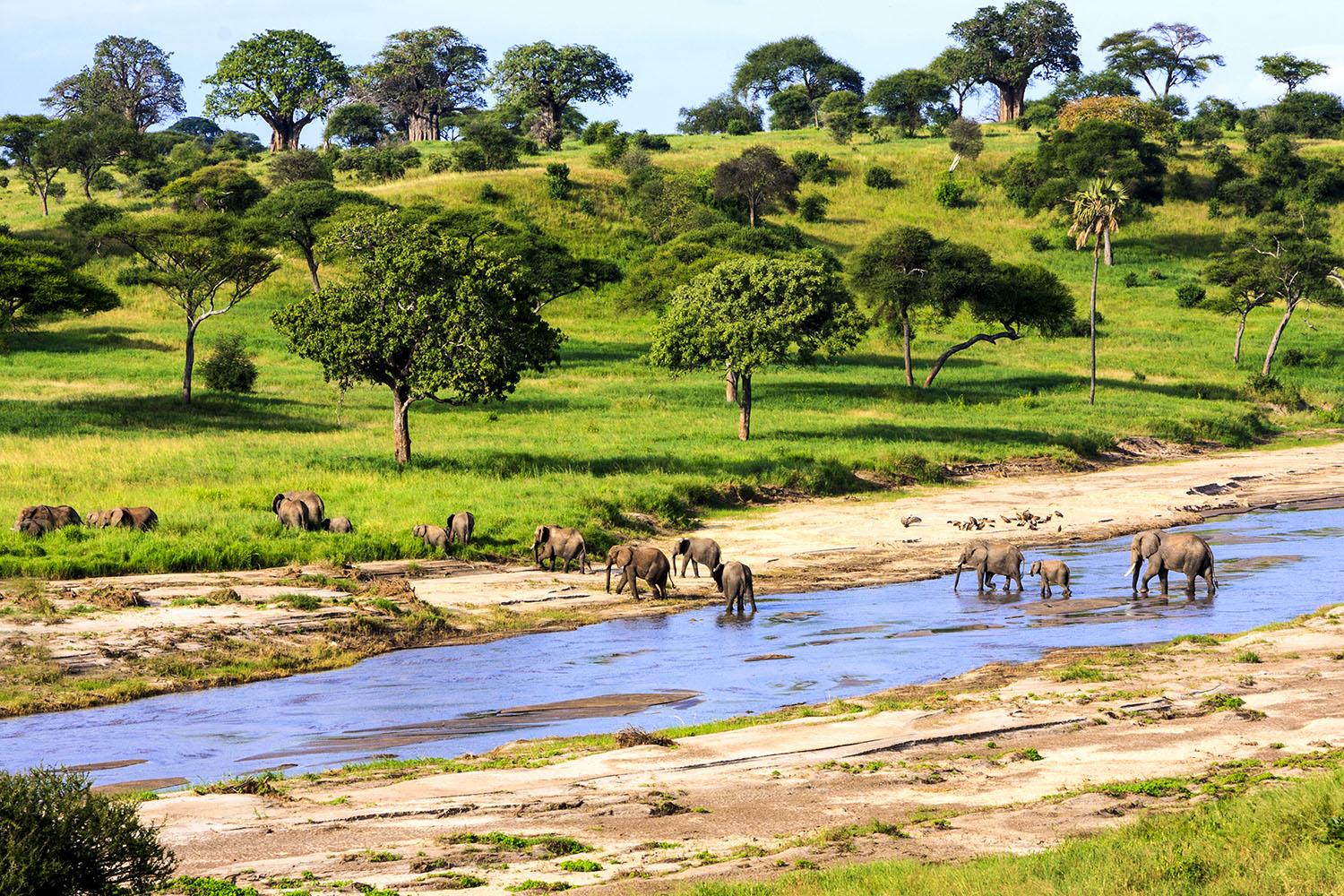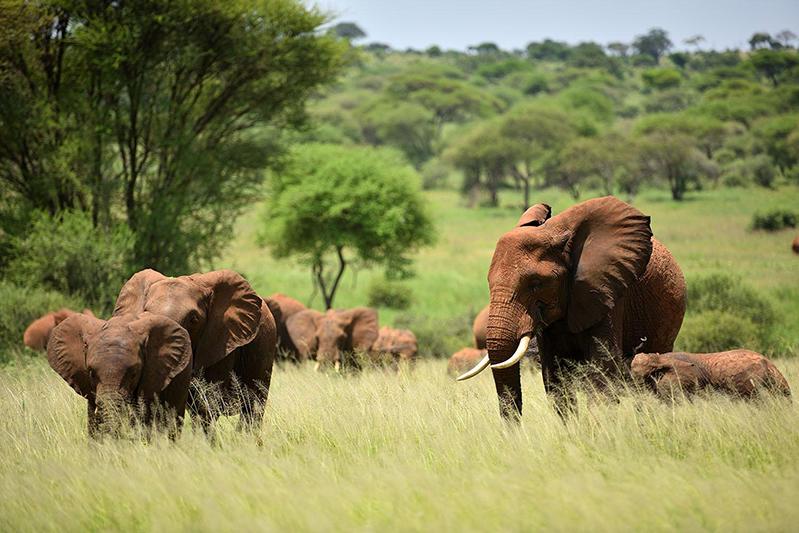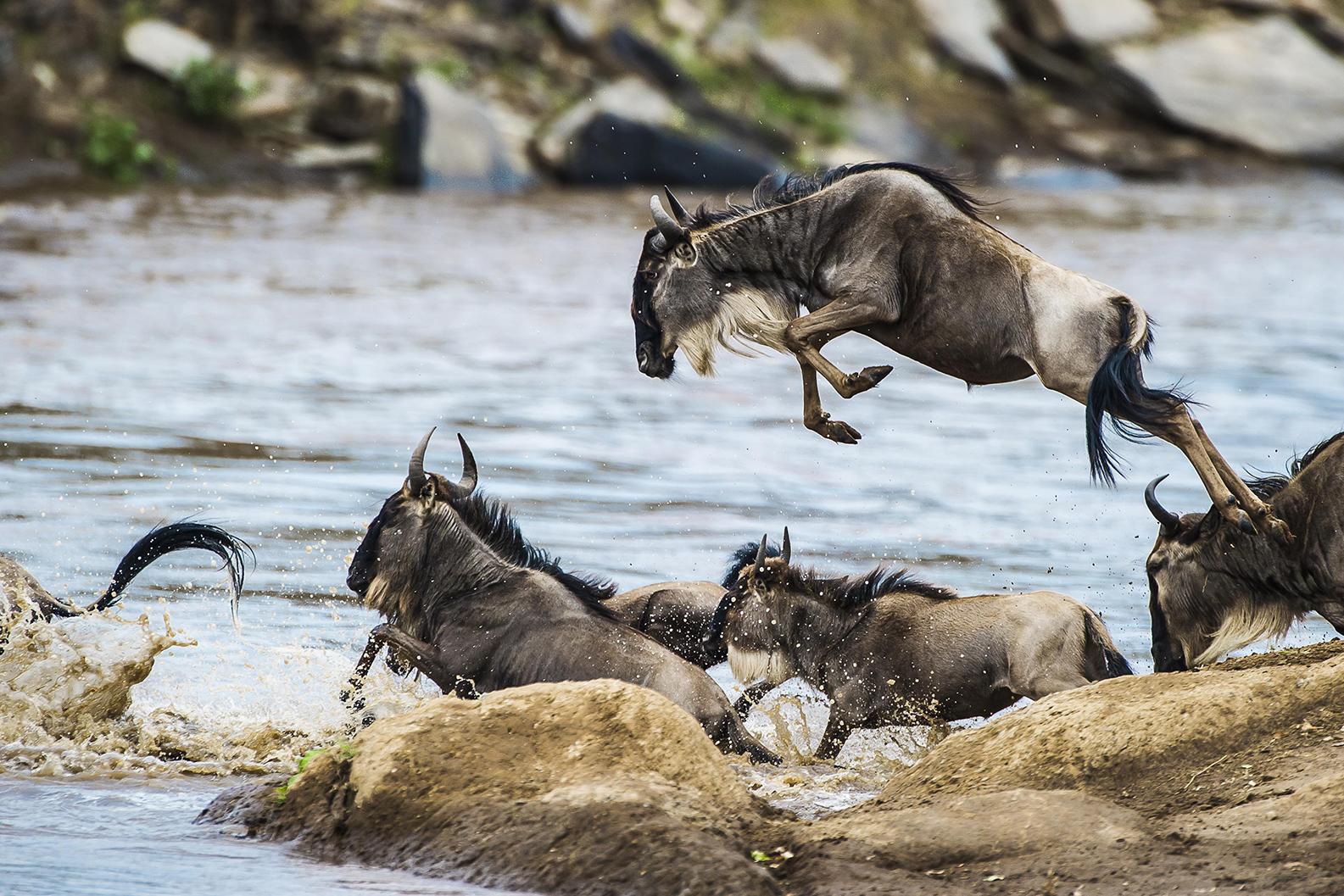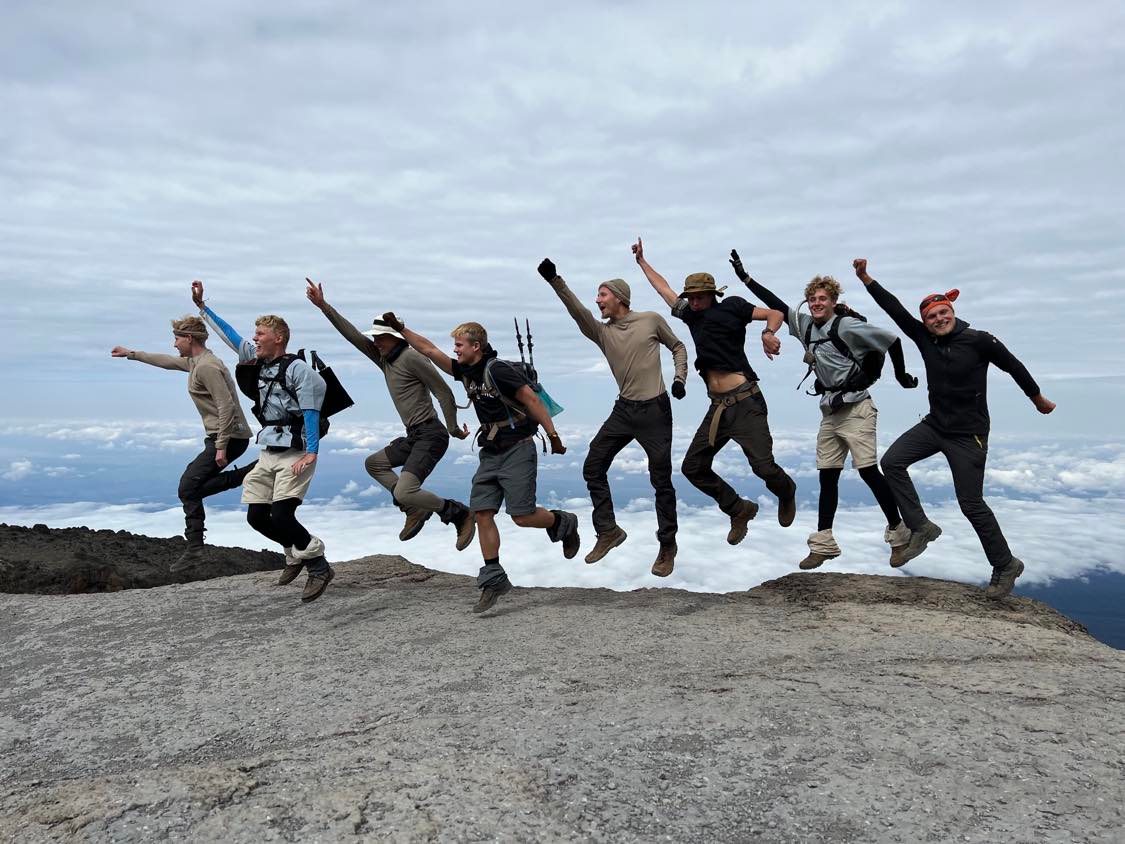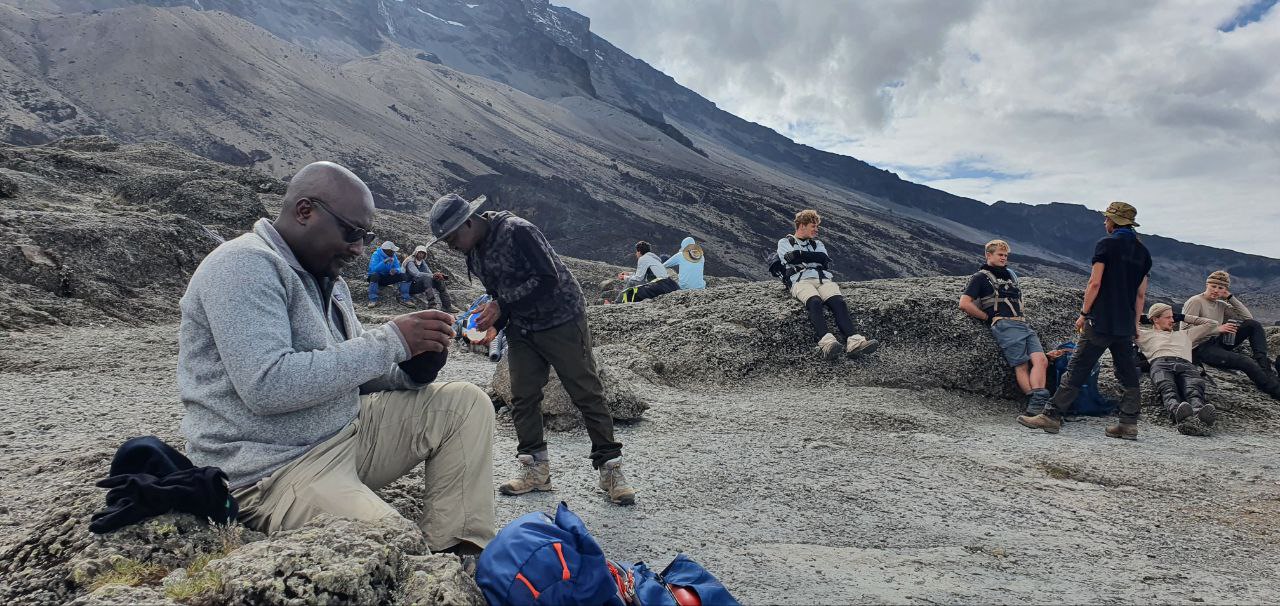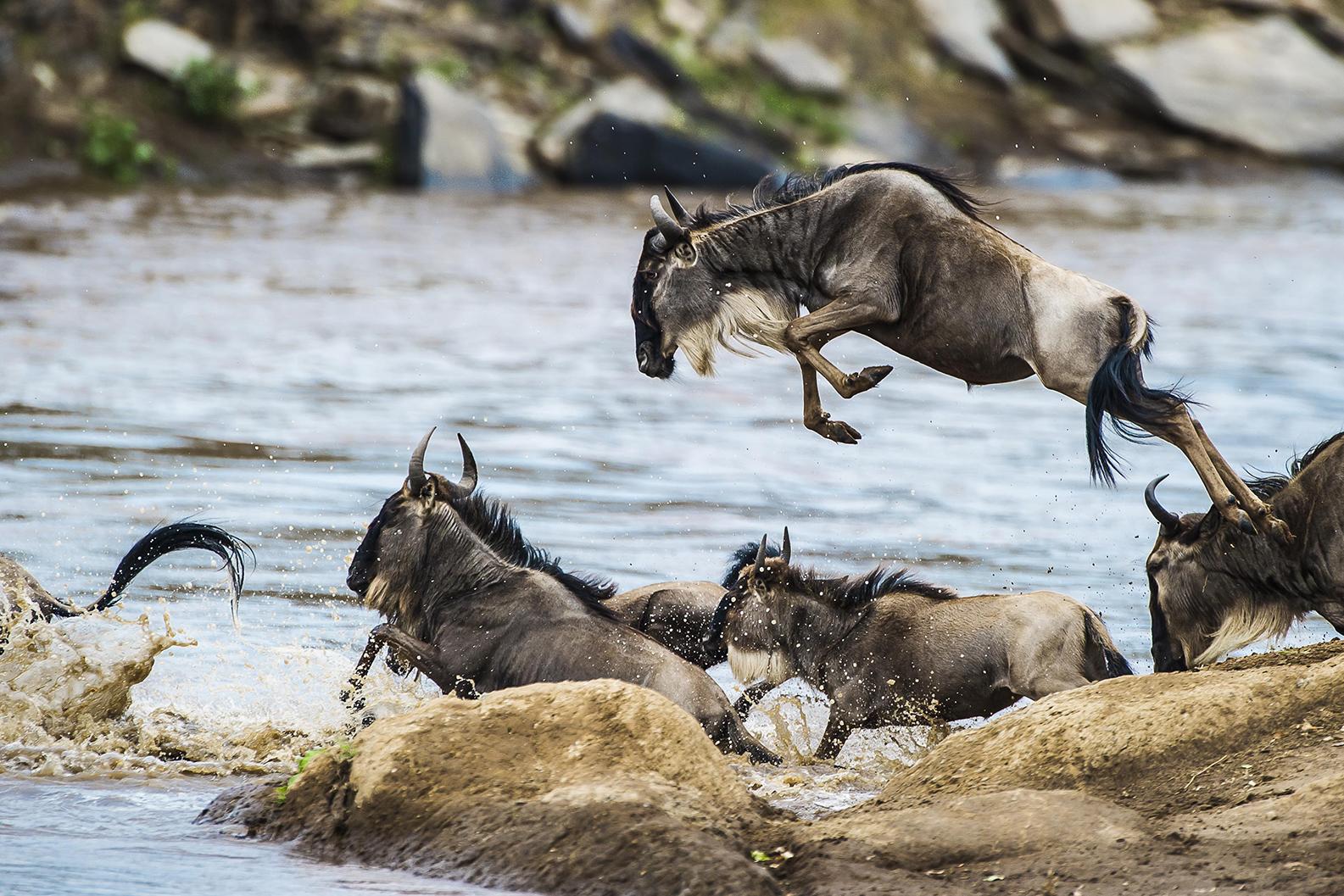
The great Serengeti wildebeest migration is the movement of over two millions of wildebeest, accompanied by large numbers of zebra, and smaller numbers of Grant’s gazelle, Thomson’s gazelle, eland and impala. They move in annual pattern which is fairly predictable from Serengeti to Maasai Mara, they migrate throughout the year constantly seeking fresh grazing and, it’s now thought, better quality water. The precise timing of the Serengeti wildebeest migration is entirely dependent upon the rainfall patterns each year
WHY WILDEBEEST MIGRATION?
The wildebeest migrate around the Serengeti, and into the Masai Mara for the sole purpose of following the rainfall. For their calving from December – March they always begin their cycle in the Southern Serengeti area of Ndutu and follow wherever the grass is greener… Whilst we have a good idea of where the wildebeest should be at any given time of year, it really does depend on where the rain falls. The wildebeest are notoriously unreliable, as although they generally all head from south to north Serengeti and back around again, they often zig-zag along the way, making it sometimes impossible to predict where the big herds will be at any given time.
BEST TIME TO EXPERIENCE WILDEBEEST MIGRATION.
- July – October: This is when the wildebeest are in the northern Serengeti plains, and you have a chance of seeing up to thousands crossing the great Mara River. As the sight of the wildebeest crossing the so dramatic, it is considered by many the most desirable time to see the migration.
- December – March: Currently the wildebeest are in the southern area of the Serengeti, more specifically in Ndutu which is actually in the Ngorongoro Conservation Area, and it is calving season. Along with the river crossings, this is a real highlight of the wildebeest’s journey and a fabulous time to see the herds congregate on the dramatic sweeping plains of the south. February is the only time of year when you are almost guaranteed to see the big herds all together as they always come south for calving season.
- The rest of the year: In November, April, May and June the migration is “in between” locations and as such these months are slightly transitional times to see the herds. November is the short rains, April and May are the long rains and as such the grass is green in these months across the Serengeti, so the wildebeest are more dispersed than in the prime time of July – October and December – March. Thus, you don’t get as many of those condensed big herds which people get excited about!
NB; Please see our safari packages for the itinerary or contact us for more details.
Let us plan your dream Tanzania Safari
Enquire now and a Travel expert will get back to you within 24 hours.
 CHAT ON WHATSAPP
CHAT ON WHATSAPP
Trips To Inspire with Serengeti Wildebeest Migration
You’re a step closer to your dream safari. Explore these tour ideas from our Tanzania travel experts and start planning your trip of a lifetime.
